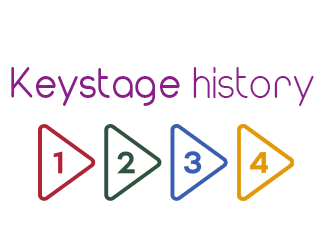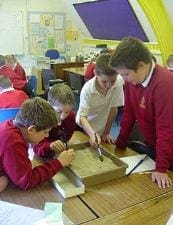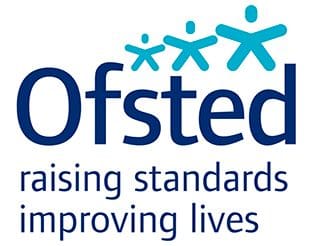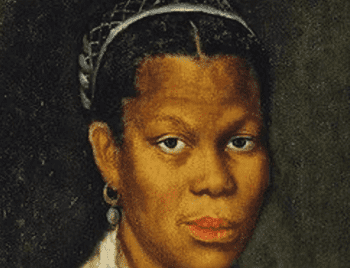
When the National Strategies were all the rage over a decade ago now, a lot of attention was paid in the Foundation subjects to lesson starters and what were known as plenaries. As with so much of the flabby thinking that underpinned discussion of pedagogy at the time, the question of plenaries, or how to conclude a lesson, concentrated on finding novel activities.These often amounted to no more than trivial game-playing which took the lesson away from is deeper structure and meaning. Often it was tokenistic: frequently it was reduced to a one-word memory test, often fun but rarely did it enhance learning.
So what should we be doing instead. A recent article in Teaching History reminded me of the need to think of broad categories of types of conclusion, so that the method chosen was fit for purpose. Here are 4 to set you thinking.
Type 1: Janus
Here the lesson conclusion looks back to previous lessons, as well as this one, and looks forward to following lessons which might form part of the overall enquiry. This placing of the lesson in a broader context helps orientate pupils on their learning journey. At times, when appropriate, this will involve you in asking the pupils what they think they will be investigating next.
Type 2: Reinforcing the lesson objectives
Reinforcing the lesson objectives, but NOT by tediously reviewing what pupils have already shown that they can do, but more to consolidate areas where pupils’ understanding during the lesson was in need of strengthening and by introducing new ideas that they perhaps haven’t come across. It might sound something like this: “You’ve all worked hard on you sets of clues to work out what actually happened at Peterloo in August 1819. You might now like to learn that a new film/book/article/report has just come out which….
Type 3: Answer the enquiry question
Getting pupils to answer the enquiry question, (or that part of it that has been the subject of the lesson) out loud to build confidence and again to help you to determine the overall level of understanding so that you can pitch the next lesson more accurately
Type 4: Setting the tone
Whether you want to excite the pupils and big up the context of the next lesson or simply calm them down so that they reflect quietly on what has been learned






